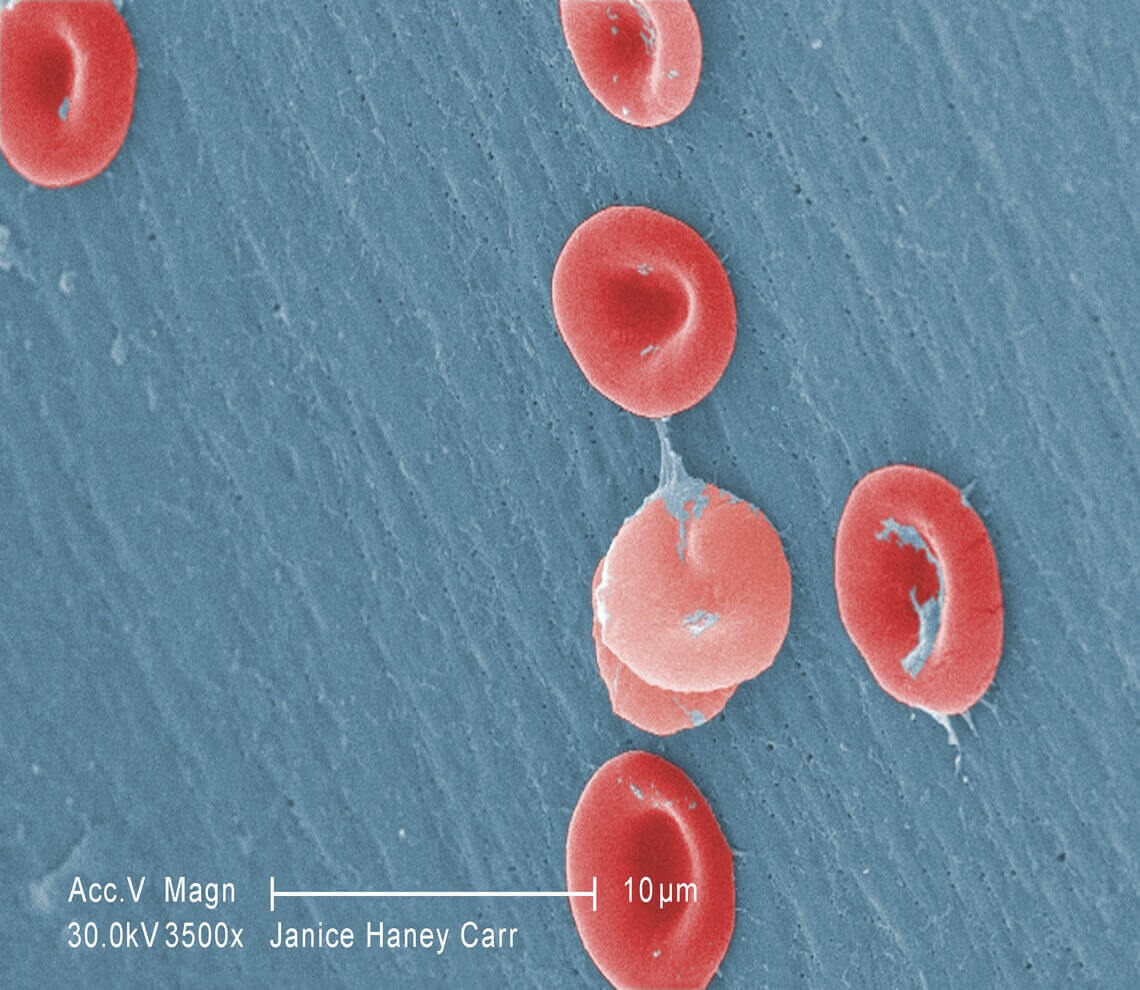- Our Suppliers
- MBS Monoclonals
- Dynein Light Chain 1 (DLC1, LC8, Protein Inhibitor of nNOS, PIN)
Product short description
Price:
630 EUR
Size:
100ug
Catalog no.:
GEN600740
Product detailed description
Concentration
N/A
Gene name
N/A
Gene name synonims
N/A
Other gene names
N/A
Immunoglobulin isotype
IgM
Clone
6D362
Category
Antibodies
Clonality
Monoclonal
Also known as
Dynein Light Chain 1
Source organism
Mouse (Mus musculus)
Subcategory
Mnoclonal antibodies
Host organism
Rat (Rattus norvegicus)
Other names
dynein light chain 1; N/A
Tested applications:
Western Blot (WB), Flow Cytometry (FC/FACS)
Form/Appearance
Supplied as a liquid in PBS, 0.02% sodium azide.
Purification method
Affinity Purified by immunoaffinity chromatography.
Species reactivity
Human (Homo sapiens), Mouse (Mus musculus); Due to limited knowledge and inability for testing each and every species, the reactivity of the antibody may extend to other species which are not listed hereby.
Specificity and cross-reactivity
Recognizes mouse DLC1. Does not cross-react with DLC2. For detection of both DLC1 and DLC2 see D9901-65. Species Crossreactivity: human.; Since it is not possible to test each and every species our knowledge on the corss reactivity of the antibodies is limited. This particular antibody might cross react with speacies outside of the listed ones.
Storage and shipping
Store the antibody at +4 degrees Celsius for short term storage.. For long-term storage and to avoid repeated freezing and thawing, add sterile 40-50% glycerol, aliquot and For optimal long term storage, the antibody should be kept at -20 degrees Celsius. Aliquots are stable for at least 12 months the antibody should be stored at -20 degrees Celsius.. For maximum recovery of product, centrifuge the original vial after thawing and prior to removing the cap. Further dilutions can be made in assay buffer.
Description
Tissue, pathway, proteinase, peptidase, protease ,acrosin, lipoprotein, activator, caspase, trypsin, papain, esterase inhibitors are proteins or receptor ligands or receptor antagonists that bind to an enzyme receptor and decreases its activity. Since blocking an enzyme's activity can kill a pathogen or correct a metabolic imbalance, many drugs are enzyme inhibitors. Not all receptor antagonist that bind to enzymes are inhibitors; enzyme activator ligands or agonists bind to enzymes and increase their enzymatic activity, while enzyme substrates bind and are converted to products in the normal catalytic cycle of the enzyme.
© Copyright 2016-Tech News . Design by: uiCookies

